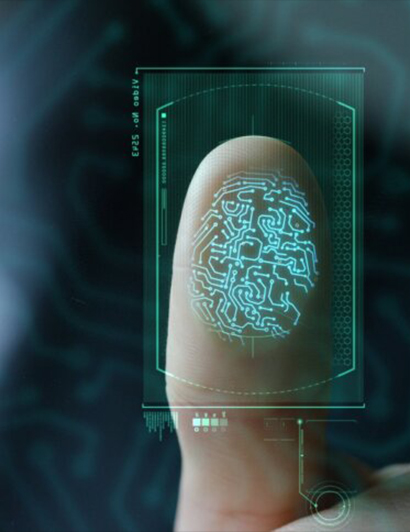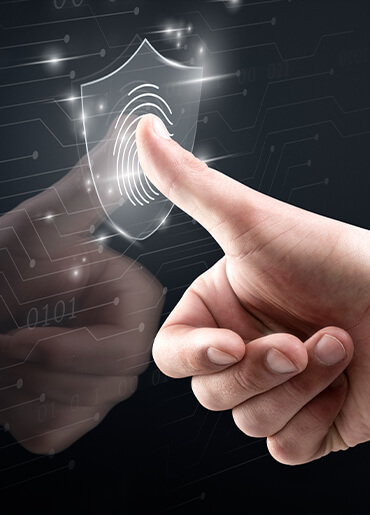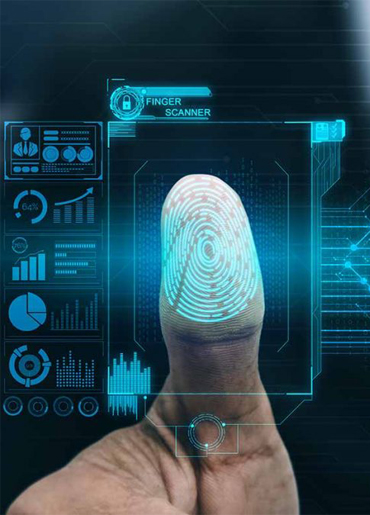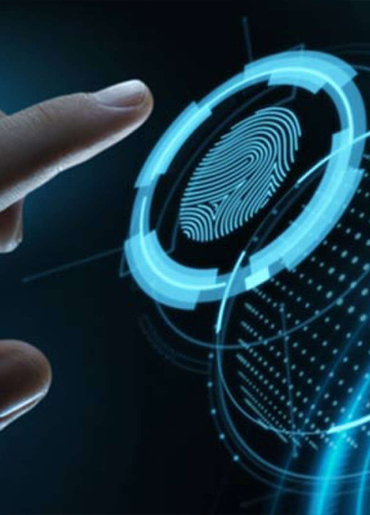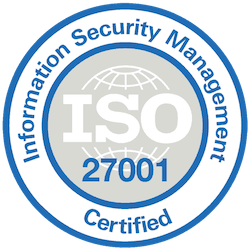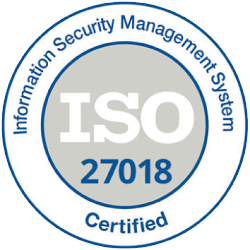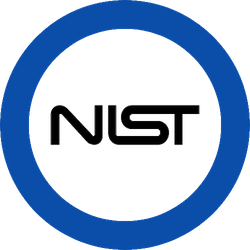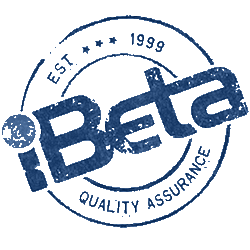For centuries, fingerprints have served as a legally certified identification medium due to their unique and immutable nature. In recent times, fingerprints have become widely adopted in various sectors, including accessing computers, bank machines, networks, cars, and digitized homes. The deployment of fingerprint verification has experienced a significant increase in the business sectors due to several key factors: easy access, unyielding security, and lightning scalability.
One of the primary reasons for the popularity of fingerprint verification is its ease of access. Unlike traditional methods that may involve remembering complex passwords or carrying physical tokens, fingerprints offer a convenient and user-friendly way to authenticate individuals. With a simple touch of a finger, authorized users can gain instant access to secure systems or facilities, eliminating the need for cumbersome authentication processes.
Fingerprint verification is also known for its unyielding security. Each person's fingerprints are unique, making them highly reliable for identification purposes. The intricate ridges and patterns on the fingers create a distinct biometric signature that can be accurately captured and matched against pre-existing records. This ensures that only authorized individuals with verified fingerprints can gain access, providing a robust layer of security against unauthorized entry or fraudulent activities.

